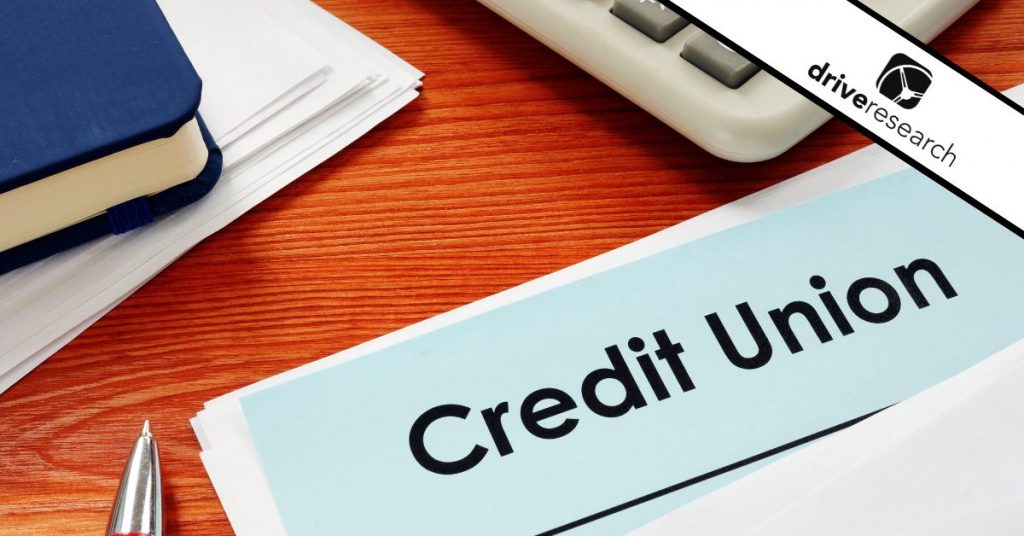
An organized process for a member survey encourages organized outcomes and organized action items. Although a member survey might seem like an easy initiative to launch, it is too easy to fall in any number of traps along the way if you are designing the program in-house.
These potential traps include biasing the questions asked to members, wording questions incorrectly, not asking the right questions, asking questions where nothing can be done with the data, asking too many questions, and many others.
If you have some trepidation about how or where to start with your member survey for your credit union, I suggest reading this article in a little more detail. It outlines what a typical member survey project looks like and how the steps progress from A to Z.
As a third-party credit union market research company we believe in the value of using a separate entity who can provide expertise on the process and market research. Using a credit union market research company eliminates those barriers and traps mentioned above. It ensures you are putting your best foot forward and maximizing the value of the member survey results.
Make sure your member survey gets the time and attention it needs. Learn about how to run the program from A to Z with this informative step-by-step process from Drive Research.
The member survey process is broken into several key steps. This includes:
- Defining your objectives
- Setting up a kickoff meeting
- Designing a workplan
- Drafting a survey
- Managing fieldwork
- Running analysis and reporting
- Debriefing on the findings
Learn more about each step below.
Step 1: Defining your objectives
First, your team should take some time to determine exactly what answers you are seeking. What are the main goals of the market research? What questions do you need answers for? How would you like to use the results?
Your credit union should also weigh the decision of using a professional market research company during this phase. Here is a handy quiz to help your credit union determine if it should consider outside help.
The objectives should touch on what key performance indicators (KPIs) you want to track. These may include things like member satisfaction (MSAT), net promoter score (NPS), member effort score (MES), etc.
Another key consideration here is choice of methodology. Do you want to conduct your member survey by email? By phone? By mail? Each have their own pros and cons and here is some information to help you choose the best methodology for your needs.
Step 2: Setting up a kickoff meeting
Once you have decided on an approach, the next step is to set up a 30 to 60 minute kickoff meeting with your team. Prepare an agenda beforehand. The agenda should outline the objectives and discuss what is expected from the project including next steps.
Step 3: Designing a workplan
This is the first deliverable after the kickoff meeting. It outlines all of the key tasks with expected delivery dates. Sometimes it also helps to list out responsible parties or person(s) assigned to each task. This keeps everyone on track for the project.
Step 4: Drafting a survey
This is the most crucial piece of the market research project. This will ultimately guide you on the exact data and answers you will receive for analysis and reporting. Our team recommends keeping your survey to a maximum of 20 to 25 questions. This means the survey will last approximately 5 minutes. This keeps your member top-of-mind and not exhausting or over-extending their time.
Step 5: Managing fieldwork
Now you are ready to launch. If you are opting for email surveys with members, think about sending a pre-notice about before the survey explaining the importance of a response. Also consider a test drive or soft-launch to a small sample to take care of any errors before a full launch of invites.
If you opt for mail, you’ll want to contract with a mail-house for printing, assembly, and shipping. Make sure you offer free prepaid return postage. Something a simple as adding a stamp to the return mailer will negatively harm response rate. Prepare for a lot of data entry as well.
For a phone survey, you’ll want to create a script so the data can be entered online as the conversation takes place. If you opt for this methodology which offers two-way communication and in-depth responses, you’ll likely contract with a market research company.
Step 6: Running analysis and reporting
Fieldwork is complete and you are ready to take a closer look at the data. Tabulate all of your charts and graphs in total and broken down by key audiences (ages, locations, etc.)
Run all of the charts and graphs and then take a step back and circle back to your objectives. What answers and data points do you have to support insights and recommendations. Focus your time on interpretation and next steps.
Step 7: Debriefing on the findings
After you have your report compiled, the next step is to circle back with the core team and discuss the implications. These discussions often uncover new takeaways and insights based on others’ interpretations.
When you are engulfed in a report for a week or two straight, it becomes easy to lose sight on perspective. Having a few fresh set of eyes looking at the data in the debrief generates some excellent conversation.
Contact Drive Research
Drive Research is a credit union market research company. We work with financial institutions across the country to assist with all things market research. This includes market surveys, member surveys, and focus groups.
Need a proposal? Contact us below.
Message us on our website
Email us at [email protected]
Call us at 888-725-DATA
Text us at 315-303-2040



